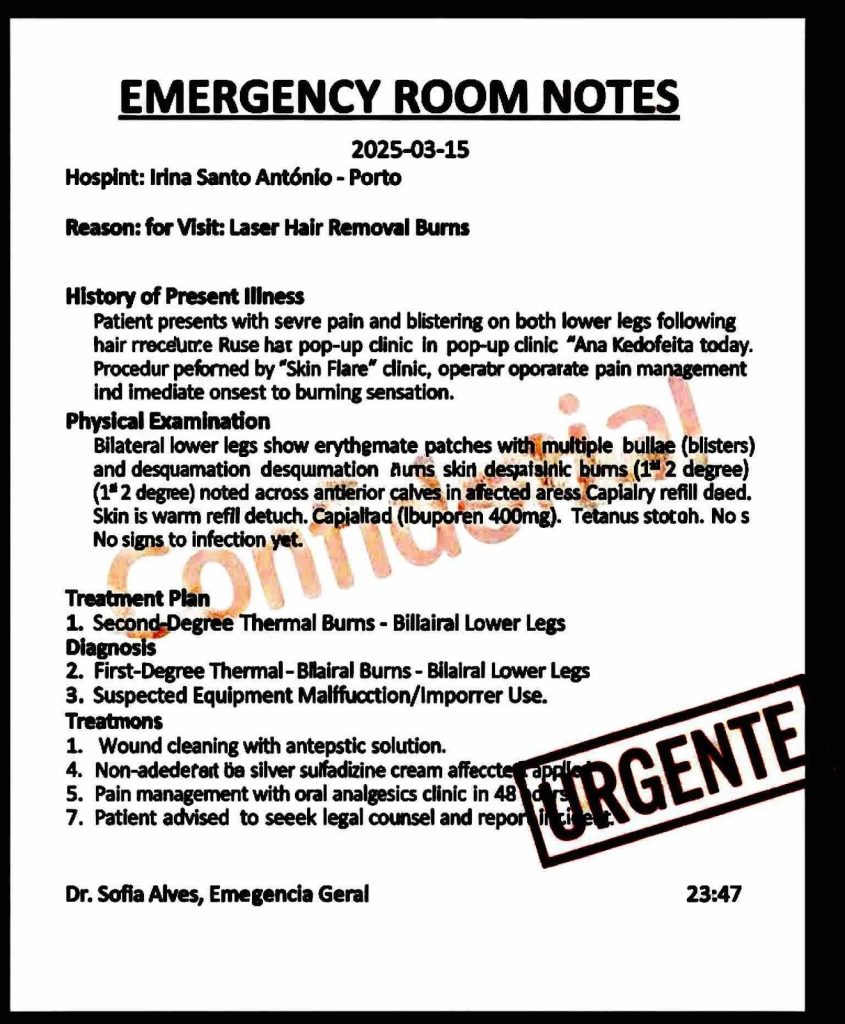As schools reopen, will this be the least fit generation of schoolchildren ever?

Public health responses to the pandemic have focused on dealing with the coronavirus, but attention is now turning to the growing list of negative effects of COVID-19 containment measures. One such problem is the low level of fitness among children and teenagers.
One measure of fitness is cardio fitness (or cardio-respiratory fitness, to give it its full name), which is the ability of the heart, lungs and blood vessels to deliver oxygen to the cells in the body. This type of fitness can be assessed using step tests (stepping on and off a step, then measuring heart-rate recovery), distance runs and beep tests (also known as bleep tests), which measure the number of 20 metre runs, back and forth, a person can make before exhaustion.
Cardio fitness is important because it is related to children’s learning and academic attainment. It is also related to their current and future health, wellbeing and quality of life. Fitter children and teenagers learn better and are healthier than less fit people, and they tend to be fitter and healthier as adults.
Many countries are poor at monitoring the fitness of their young people. Our 2018 research in 49 countries found that only 22 of the 49 countries had useful national cardio fitness data. Fitness was adequate in only around 40% of children and teenagers, globally. And in most countries we found a clear trend: fitness of young people has declined, globally, over the past few decades. Modern children are less fit than children in the past. They are also fatter.
The steady decline in fitness of children and teenagers over the past few decades may have been accelerated by the lockdown. At the start of lockdown, we predicted that less time outdoors, increased time at home and absence from school would reduce the level of physical activity needed to maintain children’s fitness.
Our recent study from Canada found that children and teenagers had reduced their time outdoors, reduced physical activity and increased screen-time during the lockdown, possibly further reducing cardio fitness. If true, this acute decline in fitness in 2020 has probably made the current generation of children the least fit in history.

Fitness is about more than just the cardio-respiratory system. Musculoskeletal fitness (muscle strength, endurance and flexibility) also matters to health. Children’s musculoskeletal fitness has also been declining over recent decades and has probably also declined more recently because of reduced physical activity during the lockdown. Declining muscle and bone fitness will lead to increased frailty, poorer balance (with increased risk of falls) and weaker bones in later life.
Our caution about changes in the fitness of children and teenagers during the lockdown arises from the limited mo
nitoring of fitness in most countries. Fitness has probably declined in many young people, but this decline will be hard to confirm if we don’t monitor children’s fitness more systematically than we have done in the past.
Lack of national fitness monitoring means that the fitness crisis is almost invisible. If we don’t monitor fitness, then it is unlikely we will make efforts to remedy it.
Reasons for optimism
Despite low and declining child and teen fitness, globally, there are reasons to be optimistic. Our 2018 global research found that around 90% of children and teenagers in Japan had adequate fitness, in part because they are more active and have lower levels of body fat than children in many countries.
Better monitoring of fitness can also be helpful. In Slovenia, for example, a national fitness monitoring programme in primary and secondary schools identified that fitness was declining. A healthy lifestyle programme was put in place as a response, and now, over 80% of Slovenian school pupils have adequate fitness and physical activity.
As schools have started to reopen, there is a recognised need to tackle problems caused or exacerbated by the coronavirus, such as the mental-health crisis among young people. Low and declining physical fitness is a less visible crisis but one with serious long-term consequences. We could start addressing it by monitoring fitness as schools reopen.
This article is republished from The Conversation under a Creative Commons license. Read the original article.

John J Reilly has received funding from the Scottish Universities Insight Institute, World Health Organisation, Scottish Government Chief Scientist Office, Cunningham Trust, Inspiring Scotland, The Robertson Trust, and the Hannah Dairy Foundation.
Mark S Tremblay receives funding from the Public Health Agency of Canada and ParticipACTION related to children’s fitness. He is President of the Active Healthy Kids Global Alliance which is interested in children’s fitness.








